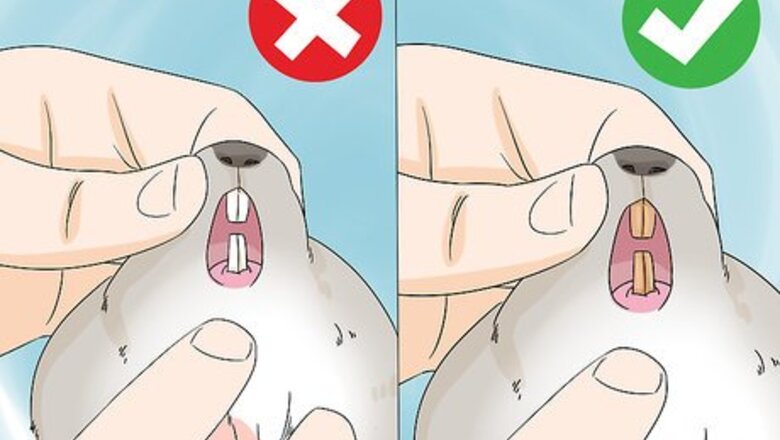
views
Diagnosing a Calcium-Phosphorus Imbalance
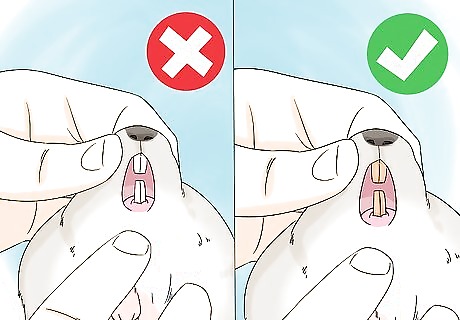
Check the chinchilla's teeth color. You may love your pearly whites, but white teeth in a chinchilla is actually a bad sign, likely meaning your chinchilla has a deficiency. A chinchilla's teeth should be dark orange if they are healthy. White teeth mean a severe deficiency, while yellow teeth mean a moderate deficiency. The orange color is produced by a combination of iron and calcium in the enamel.
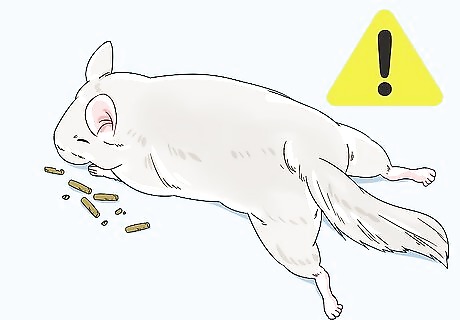
Watch for calcium fits. Another sign of a calcium-phosphorus imbalance is calcium fits, a kind of muscle cramping that often happens when eating. The chinchilla will go very stiff, with its belly flat on the bottom of the cage and its legs splayed out. Its head will go to one side (usually), and the lips may be drawn back from its teeth. Don't confuse these fits with thiamine deficiency fits. Thiamine fits also involve convulsions and trembling.
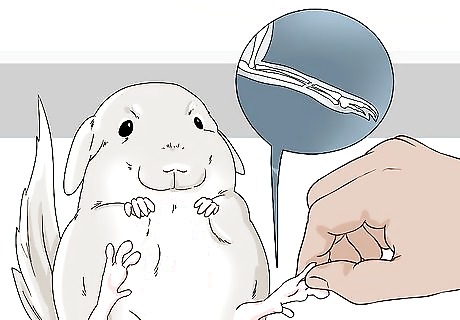
Monitor the chinchilla for fractures. An imbalance of calcium and phosphorus can cause your chinchilla's bones to become brittle. Frequent fractures or injuries are often a sign of this condition. If your chinchilla is limping or avoiding a certain limb, take it to the vet as soon as possible.
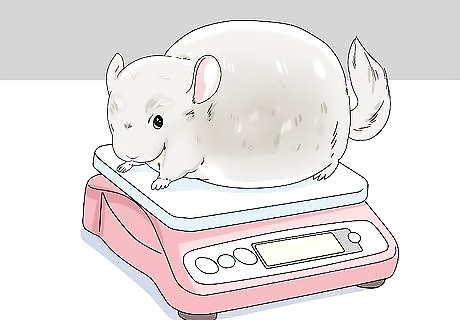
Check for pregnancy. Pregnant and nursing chinchillas need a calcium or phosphorus supplement to help support their growing babies.Your chinchilla may be pregnant if she's been around a male and is gaining weight. Keep in mind that if you recently got your chinchilla, she could have gotten pregnant before she arrived. The most noticeable symptom is weight gain.
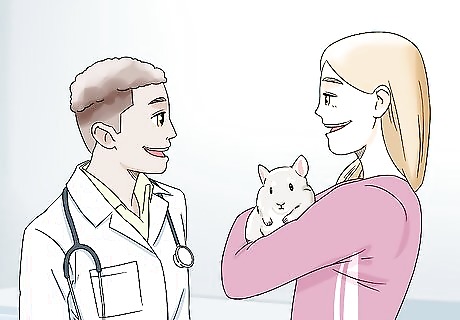
Visit the vet. If you think your chinchilla has an imbalance or a deficiency, your first step should be to take your chinchilla to the vet. Your vet can make sure that it really is a calcium-phosphorus imbalance causing the issue. They can also help you determine if your chinchilla is pregnant. Then, they can give advice on how much calcium to provide your chinchilla. The vet will perform a physical exam and maybe a blood test. Be ready to talk about what you feed your chinchilla.
Adding Calcium to Your Chinchilla's Diet
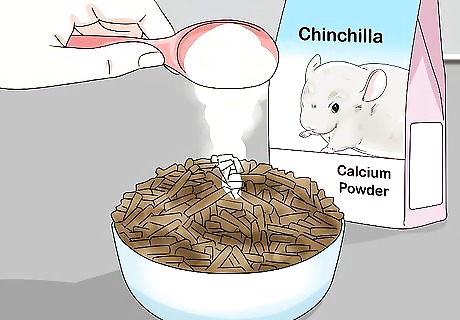
Dust your chinchilla's food pellets with calcium. A light dusting of calcium powder on your chinchilla's food can help increase the calcium they ingest. As an added bonus, they will only ingest what clings to the pellets, so you won't overload them with calcium. You can find powdered calcium at some pet stores and online, which are generally marketed for reptiles. Always talk to your vet before giving your chinchilla any supplements.
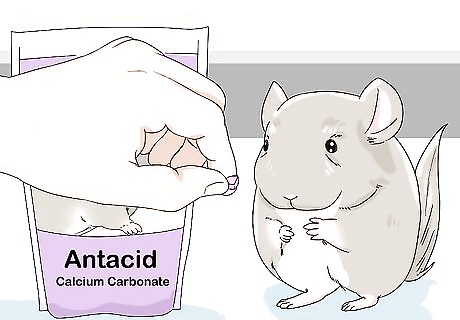
Give your chinchilla an antacid. One common form of antacids is calcium carbonate. Because it's calcium based, it's appropriate to feed to your chinchilla. Typically, you can feed a quarter to a half a regular tablet to your chinchilla twice a day. The fruit flavors are usually best. Ask your vet about an appropriate dosage for the size of your chinchilla.
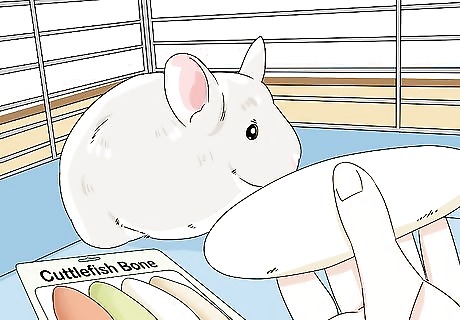
Add a cuttlefish bone to their cage. You can get a cuttlefish bone from the pet store, sometimes by the birdseed, as they are also good for birds. Cuttlefish bones are a good source of calcium. All you need to do is place one in your chinchilla's cage. It will gnaw on the bone, and increase its calcium intake. Check with your vet to make sure this option is a good one for your chinchilla.
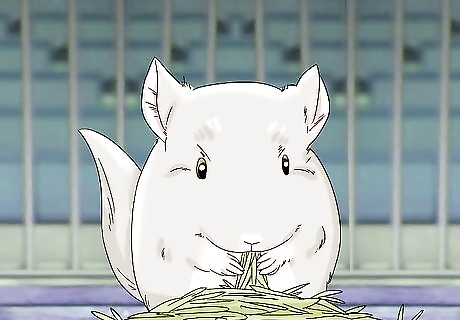
Incorporate alfalfa hay. Chinchillas need hay as a part of their diet. When they're calcium deficient, alfalfa hay can be a good source of calcium. Just add some to the hay you already feed your chinchilla. Chinchillas enjoy alfalfa hay, so they'll be sure to chow down on it. Consult your vet about the best ration for your chinchilla.
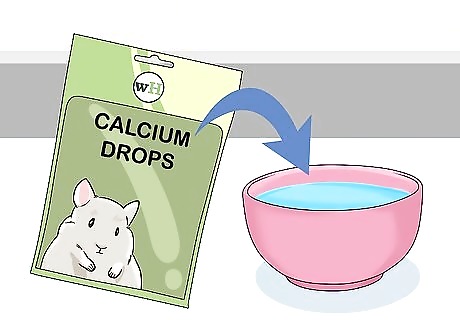
Add calcium drops to their water. You can find calcium drops at pet stores, though it may be labeled for another small animal, such as guinea pigs. You just add drops to the water based on the dosage on the package. Your vet can recommend a good brand.
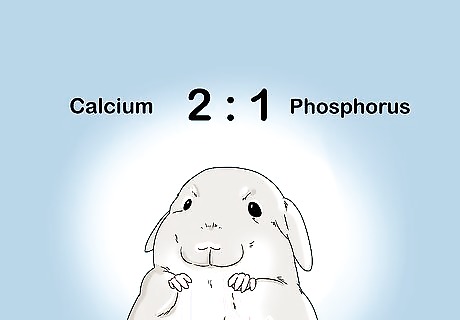
Make sure your chinchilla's diet is balanced. One reason your chinchilla may be calcium deficient is due to a diet that is too high in phosphorus. Phosphorus decreases your chinchilla's ability to absorb calcium. The chinchilla's diet should could contain calcium at at least a two-to-one ratio with phosphorus. It should also contain some vitamin D to aid in the absorption of calcium.












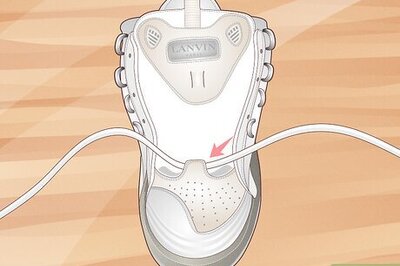
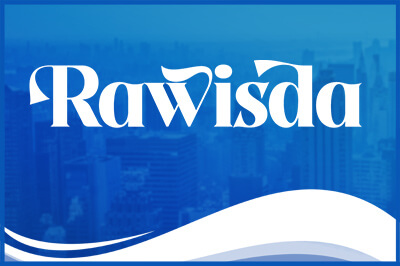



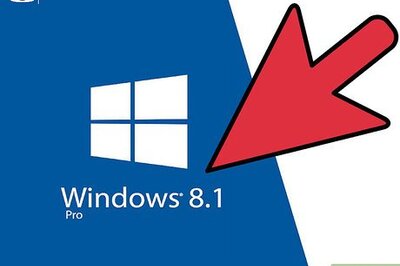
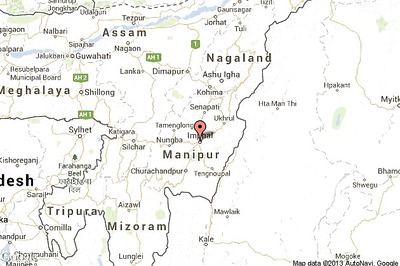
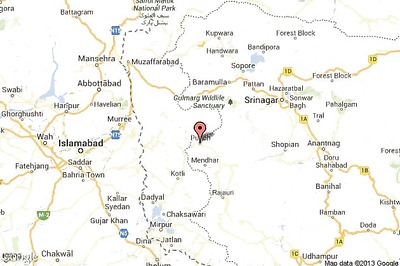
Comments
0 comment